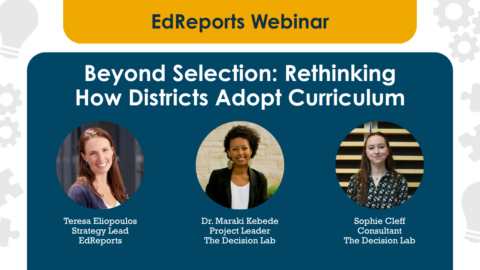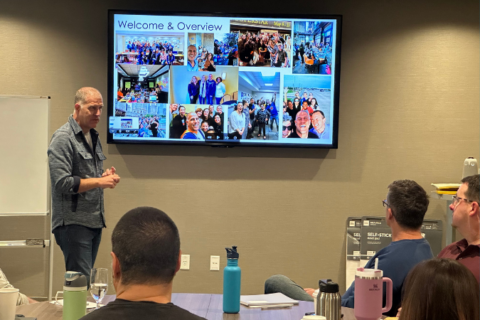Adopting Materials Through an Equity-Focused Lens: Stakeholder Engagement
EdReports welcomed Janise Lane and Samantha Ashby from Baltimore City Public Schools to discuss building a strong relationship between teachers and district leaders when engaging stakeholders in the adoption process.
Latest Resources
article
State Curriculum Lists Explained: 6 Things to Know
Learn how state curriculum lists shape curriculum adoption, HQIM selection, and classroom use—plus key policy choices and incentives that affect districts.
video
Webinar—Beyond Selection: Improving Curriculum Adoption
Discover insights from EdReports and The Decision Lab on evolving curriculum adoption to better support teachers and boost student outcomes.
news
EdReports CEO Eric Hirsch to Step Down in 2026
After a decade of transformative leadership, Hirsch will remain through June 2026 to support a seamless transition as EdReports begins its next chapter of impact and innovation.


